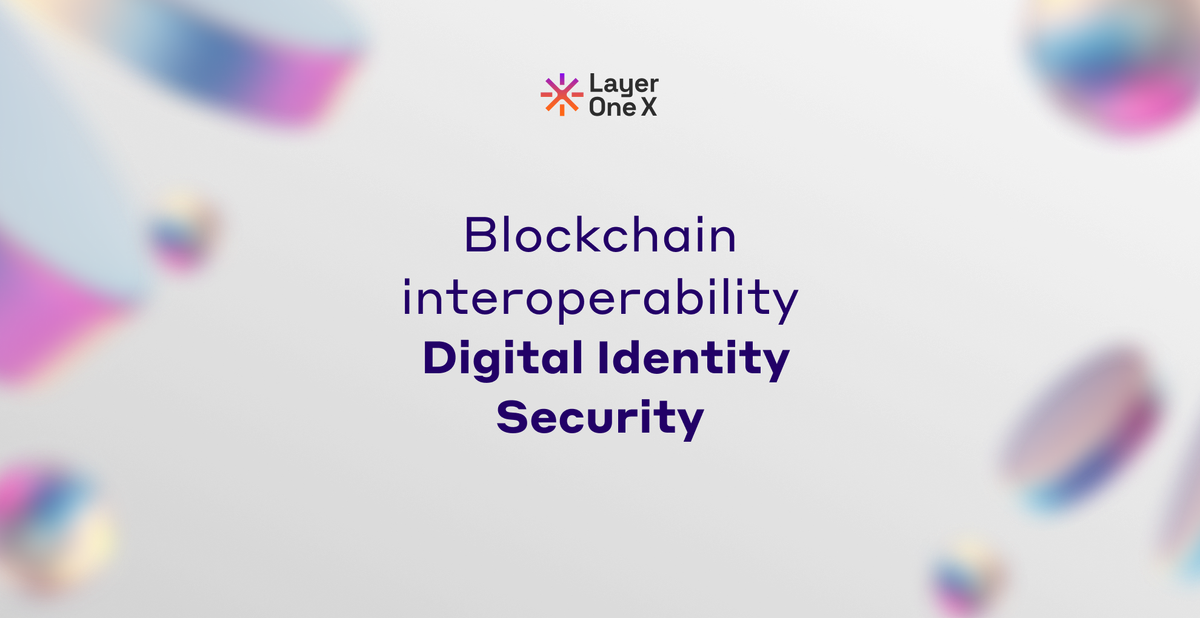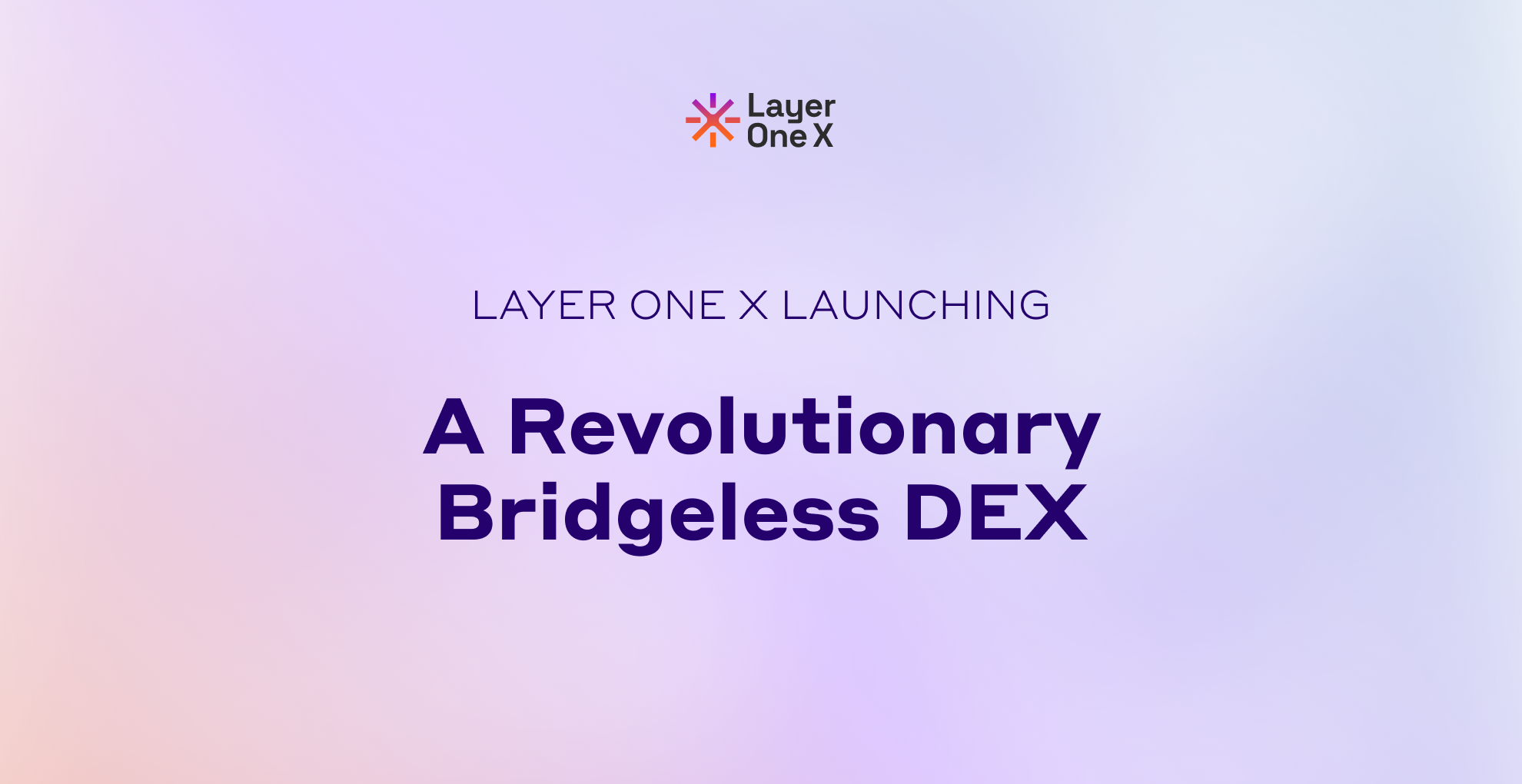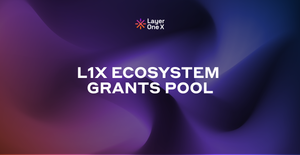What is a Digital Identity? Why is it so important? Should I care about it? Yes, especially if you ever go online to browse and make purchases. Plus learn how blockchain interoperability is changing the future of how consumer data is protected.
Today, a user's personal information and online activity build a digital identity. For example, a user's device's IP address may correspond to a pseudonymous profile which may act as a digital identity. Other examples of Digital Identity include:
- Usernames and passwords
- Online browsing activity
- Social media activity
- Online purchase history
- Medical history
- Birth date
- License number
Although authentication and security tools attempt to protect this data, hostile actions like hacking expose consumers to fraud and identity theft. No wonder one of the most often traded commodities on the dark web is personal information as a company is hacked or exposed.
In this article, we will discuss why blockchain interoperability is key to the future of Digital Identity.

What Are the Major Issues in Existing Digital Identity Systems?
Today's top Digital Identity systems face several significant issues, including identity theft, fraud, lack of privacy, and lack of interoperability.
Identity theft is a growing concern among online consumers. Personal information and credentials can be stolen and used to access financial accounts, steal from individuals, or commit other crimes. Likewise, user privacy is another growing issue in digital identity systems. As more services are rendered online, many users' information is often collected and stored without their knowledge or consent.
One of the biggest challenges facing Digital Identity systems is interoperability. For example, many systems need help transferring data and credentials across different networks and platforms. Yet, blockchain technology has the potential to improve interoperability between digital identity systems. It allows for secure data sharing and authentication across different networks.
We feel interoperability technology will revolutionize the privacy industry by providing a solution to these major issues:
- Unauthorized Data Monetization: Each time consumers go online, their behavioural patterns, characteristics, and personal conduct are collected and stored. This data creates a better user experience and allows targeted advertisements. Likewise, it gets sold to other interested parties without the user's knowledge.
- Hacked data: Apart from personal and behavioural data, users leave footprints of the financial data used to purchase products or access services. A website stores this financial information, which invites hackers to steal data.
- Multiple Identities and Verification: On numerous platforms, users are frequently compelled to disclose and verify the same data about themselves repeatedly. Since each platform stores the data distinctly, respective identities are created for each individual. This process results in the redundant storage of data. As a result, the presence of the same data across multiple databases broadens the opportunity for an attack.

How Will Interoperability and Decentralized Identities (DIDs) Impact Digital Identity Systems?
Using the underlying architecture of blockchain, a DID uses self-securitizing private keys. By leveraging the features of blockchain, a DID can be granted to an individual or to a business pseudonymously.
The association of verifiable credentials with the DID constitutes the substantiality of the DID. These credentials are cryptographically signed by the issuers and verified by other DIDs. For example, an owner can control the association of the DID with other non-verifiable data, such as browsing patterns or posts on social media. Likewise, the DID owner also has the facility to verify Identity by producing the QR code and gaining access to varied services.
Why Use Interoperability in Your Identity Management Project
As previously mentioned, Layer One X Blockchain interoperability technology is a powerful tool for identity management.
The L1X platform will soon become the single source of truth for user data, such as biometrics, credentials and other personal information. By using Layer One X's platform, developers can easily allow two or more blockchains to communicate with each other. Likewise, providing a secure and unified system for managing user identities across multiple platforms.
Self-Sovereign Identity
In this form, the identities of individuals and businesses are stored on their own devices with the respective having the control to share their data partially or completely. Such Identity is independent of any centralized authority such as a governmental or global organization.
Data Monetization
User data has its own value. More than 63% of the world's population uses the internet, producing around 94 zettabytes of data daily. The value of a user's data greatly increases when insights are obtained from personally identifiable information. For example, user data can be utilized for measurable financial gain, referred to as "data monetization.". Likewise, a user should have the ability to sell their data to an advertiser or rent to AI training algorithms. Blockchain-based self-sovereign identities and decentralized models give users authority for data monetization.
Data Portability
The right to data portability, which relates to the data subject's right to have their personal data immediately transferred from one controller to another, is outlined in Article 20 of the European Union General Data Protection Regulation (EU GDPR).

This legal move is to improve user experience by reducing the need for users to reaffirm their identification across numerous services and platforms. It would simplify the process of migrating identities across controllers using DIDs and verifiable credentials by streamlining the registration process, thereby increasing user adoption.
Reusable credentials made possible by DID data portability allow users to swiftly re-verify their identities while adhering to regulatory Know Your Customer (KYC) standards.
The utilization of a unique Digital Identity system across applications, institutions, organizations and across borders is in high demand today! As a blockchain community, we need collaboration to leverage a secure and private DID process across the globe.
Layer One X's blockchain interoperability technology and platform will solve this issue by creating a united blockchain-based digital identity management system. With high confidence, developers use the L1X platform to remove any digital identity management system constraints and limits in their projects.
Now you can too:
Stay updated on Discord and Social Media, and do not miss the latest news!








